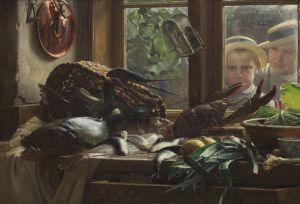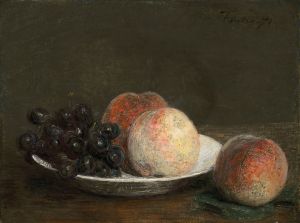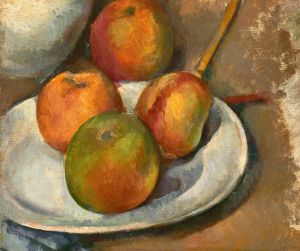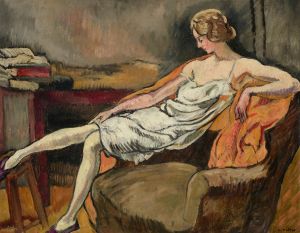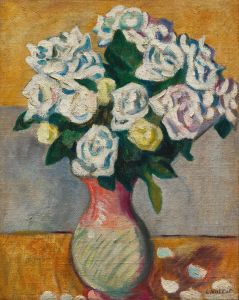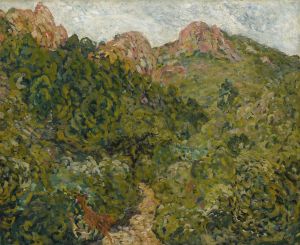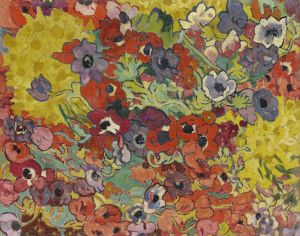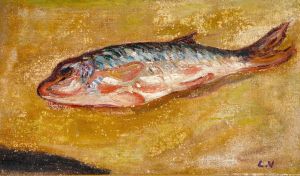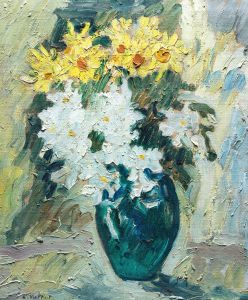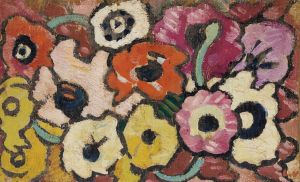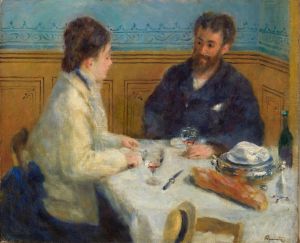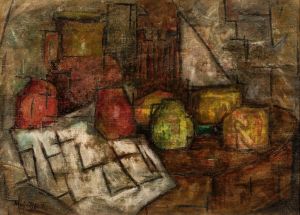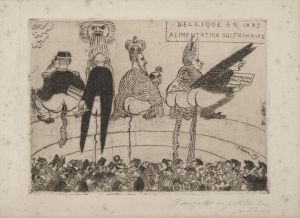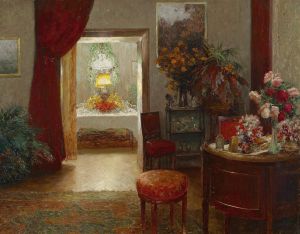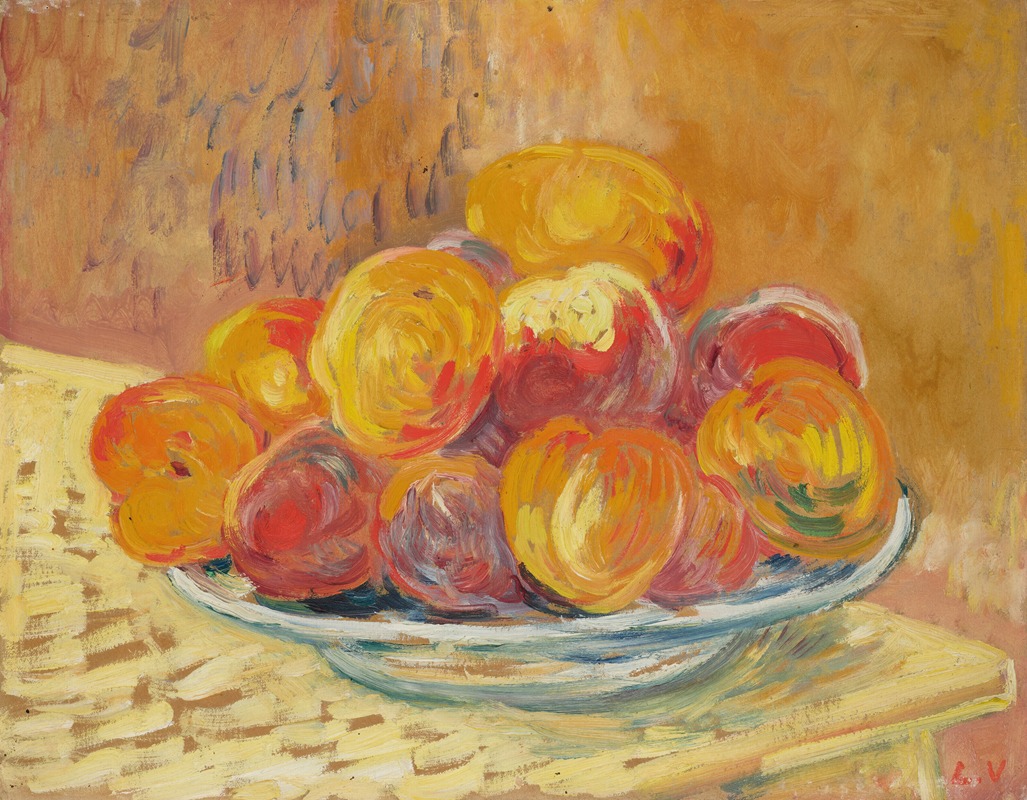
Nature morte aux pêches
A hand-painted replica of Louis Valtat’s masterpiece Nature morte aux pêches, meticulously crafted by professional artists to capture the true essence of the original. Each piece is created with museum-quality canvas and rare mineral pigments, carefully painted by experienced artists with delicate brushstrokes and rich, layered colors to perfectly recreate the texture of the original artwork. Unlike machine-printed reproductions, this hand-painted version brings the painting to life, infused with the artist’s emotions and skill in every stroke. Whether for personal collection or home decoration, it instantly elevates the artistic atmosphere of any space.
Louis Valtat (1869–1952) was a French painter associated with the Fauvist movement, known for his vibrant use of color and innovative approach to still life and landscape painting. Among his works, Nature morte aux pêches (Still Life with Peaches) exemplifies his mastery of color and composition, showcasing his ability to infuse everyday subjects with vitality and artistic expression.
This painting, like many of Valtat's still lifes, focuses on a simple arrangement of objects, in this case, peaches. The composition highlights Valtat's interest in the interplay of light, texture, and color. Using bold, expressive brushstrokes, he captures the rich hues of the fruit, juxtaposing them against a carefully chosen background that enhances their visual impact. The work reflects his Fauvist tendencies, particularly his emphasis on color as a primary means of conveying emotion and form.
Valtat's still lifes often drew inspiration from the Post-Impressionist movement, particularly the works of Paul Cézanne, whose influence can be seen in the structural arrangement of the objects and the subtle modulation of tones. However, Valtat's approach is distinctly his own, characterized by a more fluid and spontaneous application of paint. His use of color is less restrained, leaning toward the vibrant palette that became a hallmark of Fauvism.
The exact date of Nature morte aux pêches is not definitively documented, but it likely falls within the early 20th century, a period when Valtat was actively exploring Fauvist principles and producing some of his most celebrated works. During this time, he was part of a broader artistic movement that included figures like Henri Matisse and André Derain, though Valtat's style remained more subdued and less radical compared to some of his contemporaries.
Valtat's work, including Nature morte aux pêches, is often appreciated for its decorative qualities and its ability to transform ordinary subjects into vibrant, dynamic compositions. His still lifes, in particular, demonstrate his skill in balancing simplicity with a rich, painterly texture, making them enduring examples of early 20th-century modern art.
Today, Louis Valtat's paintings are held in various private and public collections worldwide, though he remains a somewhat lesser-known figure compared to other Fauvist artists. Nature morte aux pêches serves as a testament to his talent and his contribution to the evolution of modern art, particularly in the realm of still life painting.





